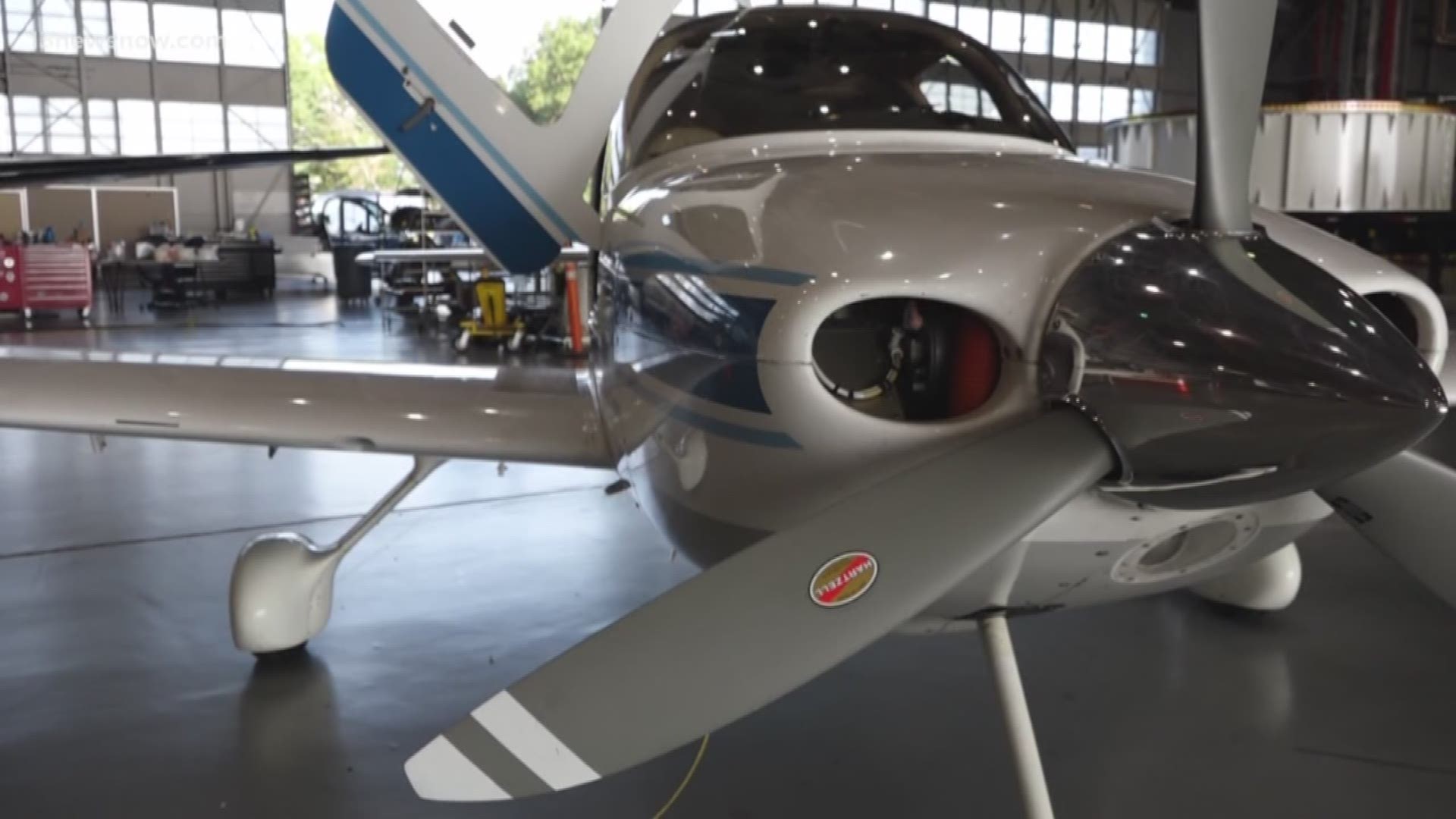HAMPTON, Va. — Planes glide, soar and of course fly. But how do they get up into the sky?
NASA Langley's Michael Wusk explains that "we’ve got to work against two forces conspiring to keep us on the ground."
It's a game of weight and drag versus our desire to fly. The forces of weight and drag try to keep the plane on the ground and stationary.
The intensity of a plane's lifting force is based upon the shape of the wing and the airflow's speed and density around the wing itself.
"As that force equals/exceeds the weight of the aircraft, we fly into the sky," Wusk says.
Flying is a balancing act—finding the right harmony between the vertical and horizontal forces in play.
Drag is the resisting force in the horizontal, "as we move forward, the air resists that movement and we need to overcome that. So we use engines to help propel the airplane forward."
To overcome that, the plane uses propellers and its engine to create a forward-instead of upward-lifting forces. We call this thrust.
Before a pilot steps into the cockpit, they know they have to work bot against and with the forces of physics.
MORE
Follow 13News Now on and Twitter
► Make it easy to keep up to date with more stories like this. Download the 13News Now App.

